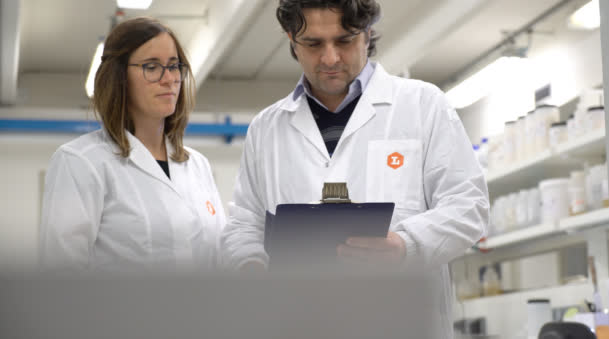Being responsible for our actions goes beyond the mere production process of our specialties, it’s a matter of the overall impact of our presence in Territory.
- community
- sustainable industry
- life
A Matter of Impact
Industrial design: enhancing community
By observing the territory we live in, we discover that what surrounds us not only tells a story but designs a model of relationship. This relationship becomes even more disruptive when referred to the industrial world. Normally there is a tendency to confine production buildings to peripheral areas, to exclude them from sight, to build them without considering the history, nature and host community.
However, these structures wield more than just aesthetic influence; they profoundly shape both internal dynamics and external interactions. Factories serve as microcosms of community, engaging with other societal groups. The significance of these interactions leaves an indelible mark on and reshapes the fabric of the territory.
Industrial design marks an intriguing and relatively unexplored frontier of innovation. In the construction of industrial complexes, while functionality and cost-efficiency take precedence, it's vital to recognize that "buildings are more than just utilitarian structures, they mark a territory which reflects the sedimentation of the lives and the activities of the community within the natural landscape."
Fiorano Modenese, a place for innovation

When Lamberti decided to build a new production plant in the Ceramics district of Fiorano Modenese, they had clear in mind the visionary perspective on industry's relationship with its surrounding territory.
His approach viewed industrial spaces not merely as isolated entities, but as integral components of the local landscape, fostering connections and interactions with the community.
Architect Riccardo Blumer

In1994, Architect Ricardo Blumer was called for designing the new industrial building.
He was surprised by the vision that Lamberti shareholders had: they wanted to create a positive intimate relationship between the new industrial site, its workers and the territory. They wanted to change the population perceptions and pre-concept that chemistry means danger by designing a building that transforms that place into a meeting place, a sort of "open" factory. .
The architect draw a structure where architecture and chemistry harmonized, fully cognizant of the enduring impact and societal role of the facility. His focus centered on industry's responsibility to minimize pollution and waste .
Ziggurat: Harmonizing Chemistry and Architecture in Industrial Design

He wanted a unitary building without hierarchies of mirrors and sequins.
The large plot of land where to build the plant followed a railroad with a diagonal retreat. He imagined a “responsible” industrial shed, a sort of "ziggurat", the mesopotamian temple, with symmetrical steps of great impact, on which the light could make the building live proud in the bleak industrial landscape.
The results flourished in our Fiorano plant which is not only the core of our ceramics operations but it represents a milestone in the research of a bond between chemistry and architecture, that may differ from one other, but, when collide, can create value for everyone.
The Intelligence of Matters
